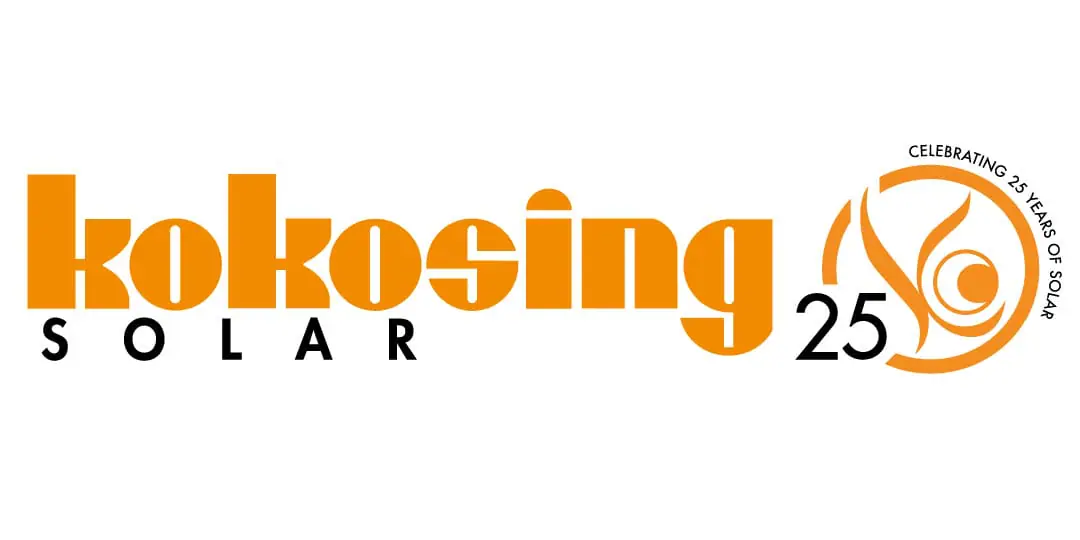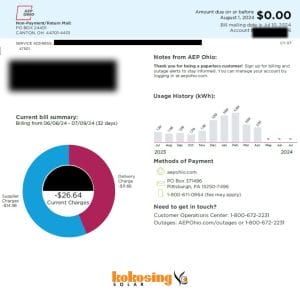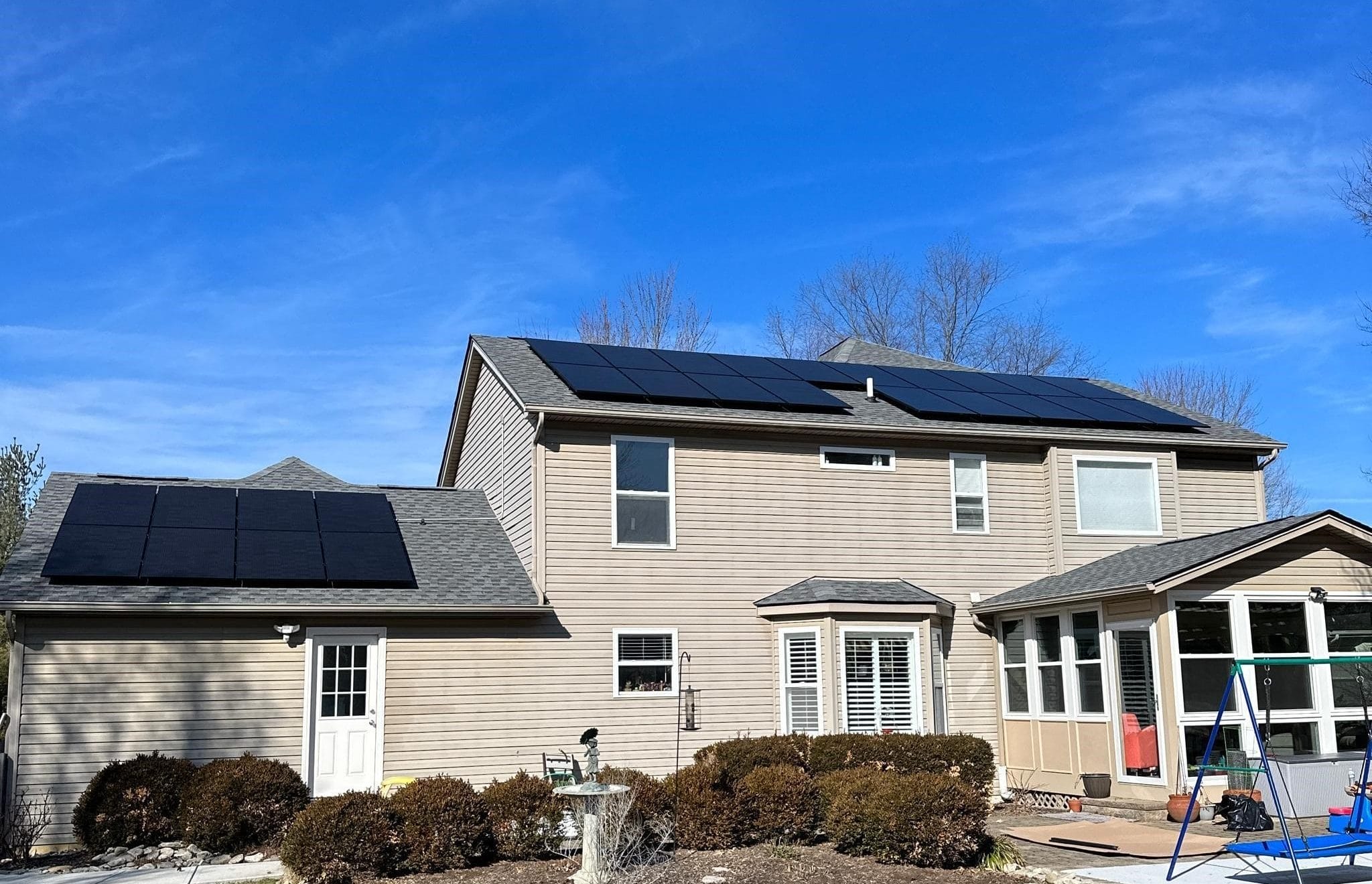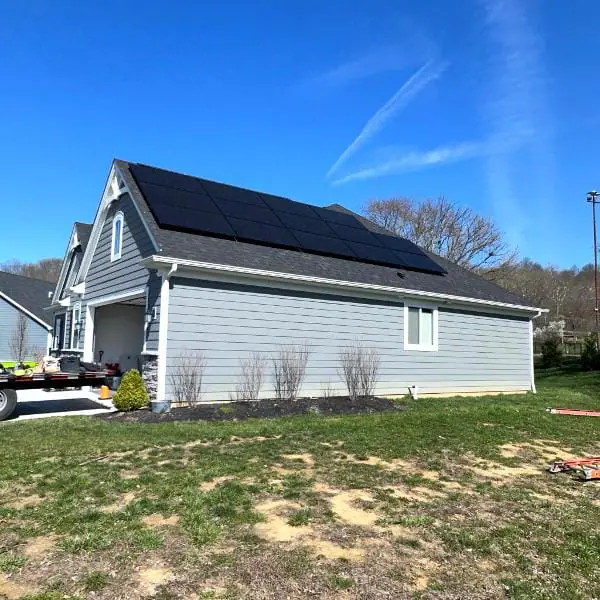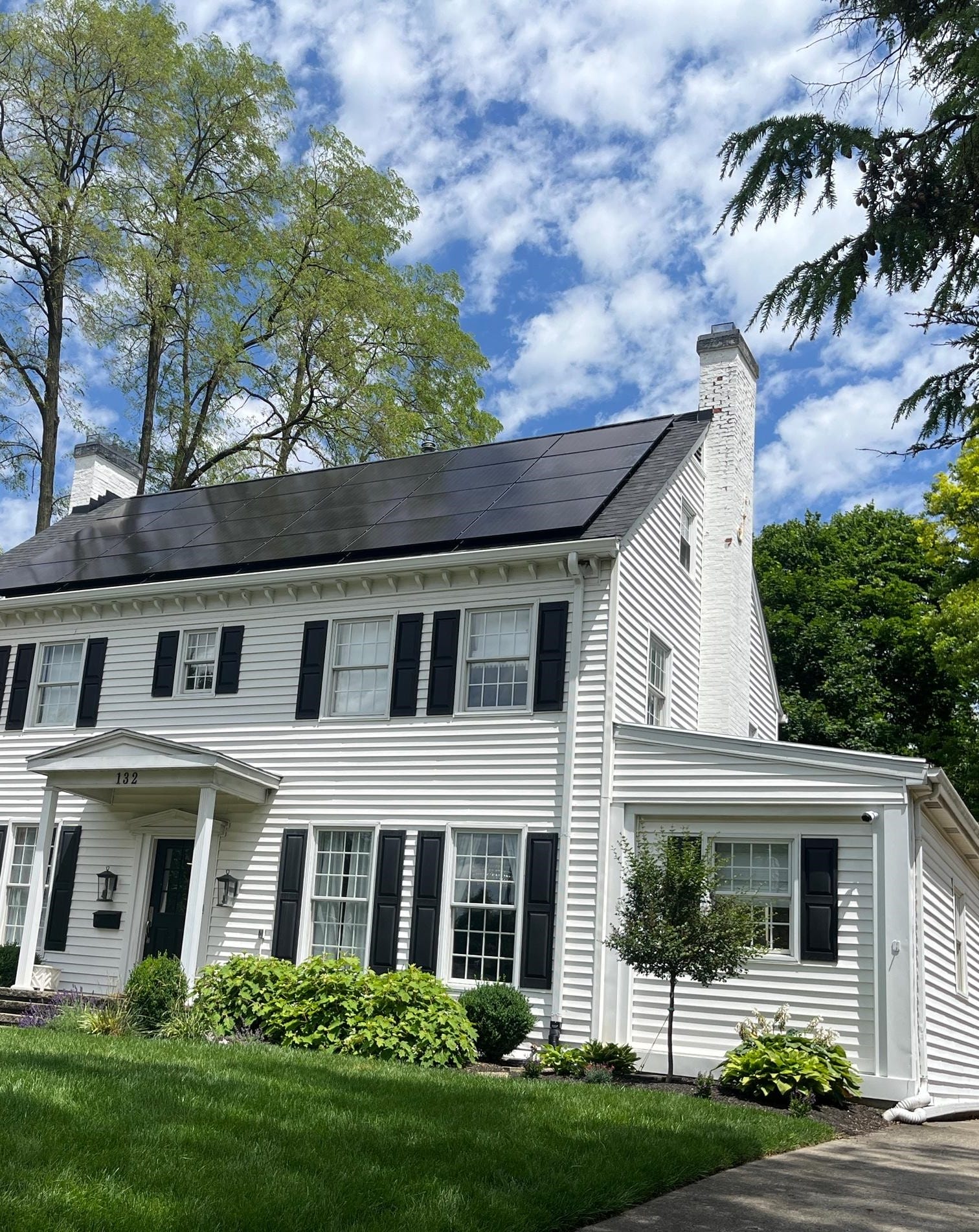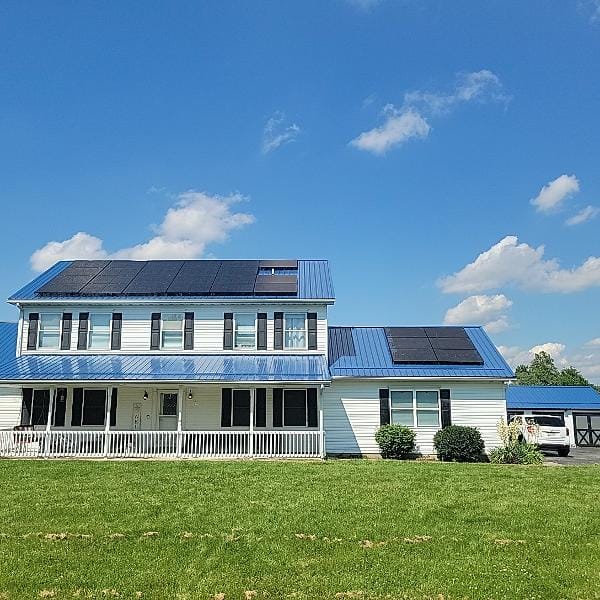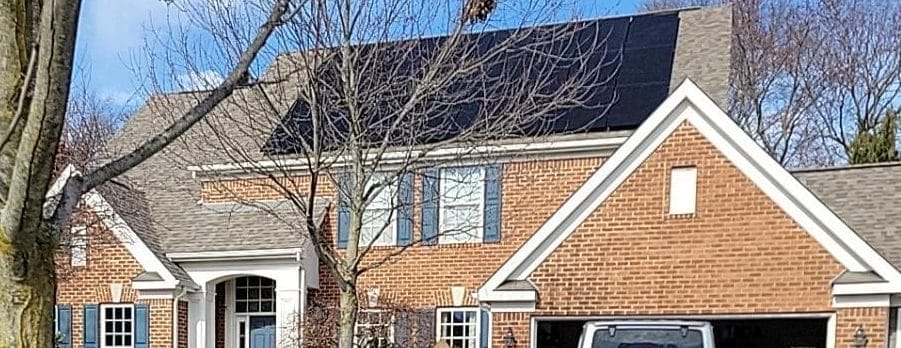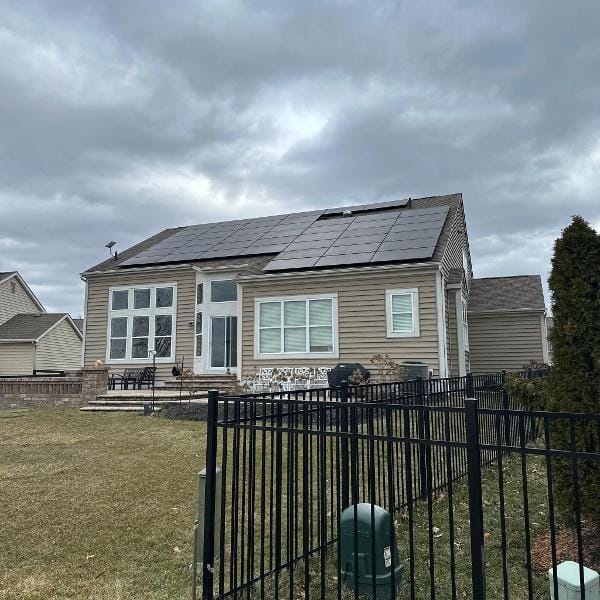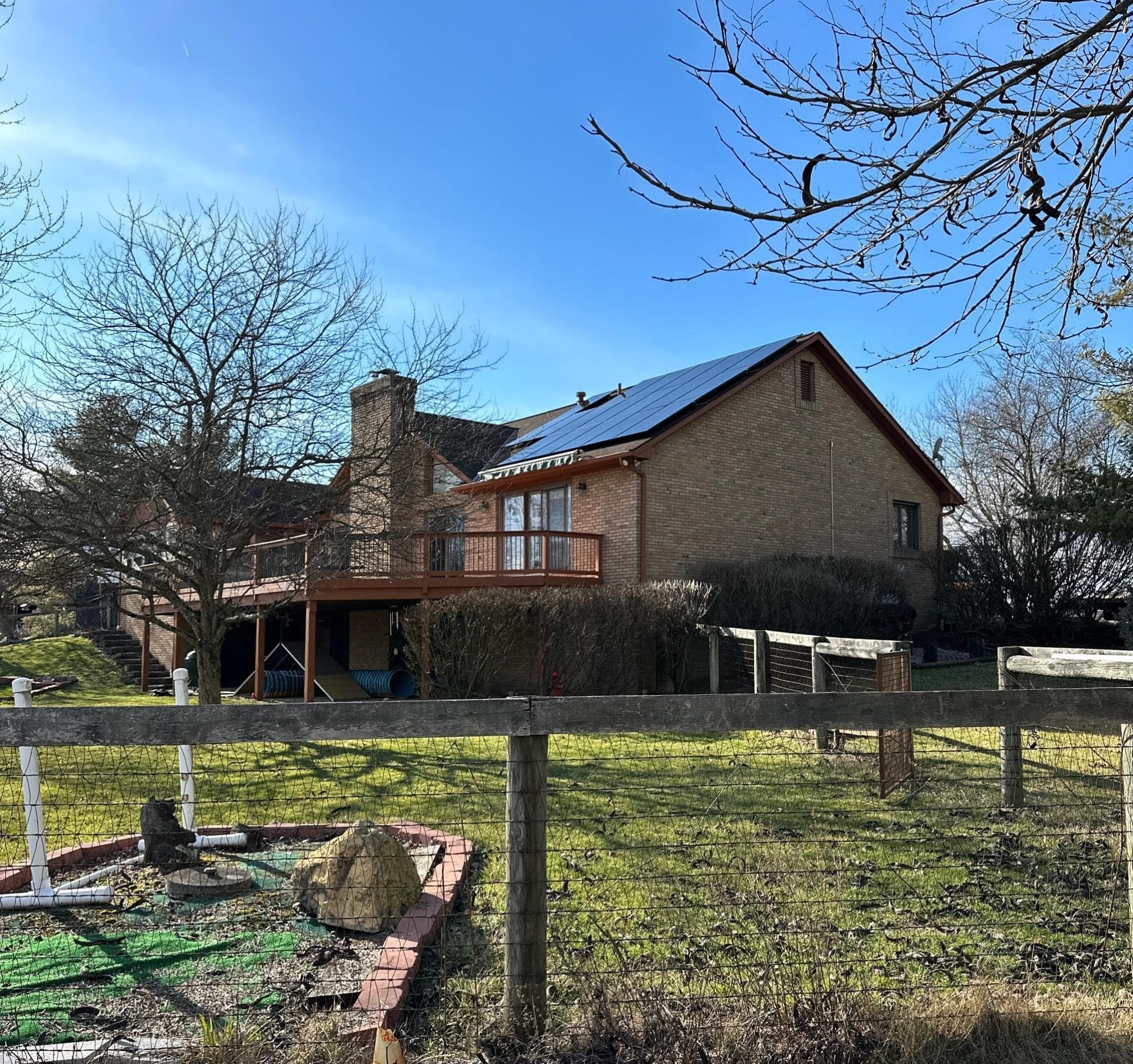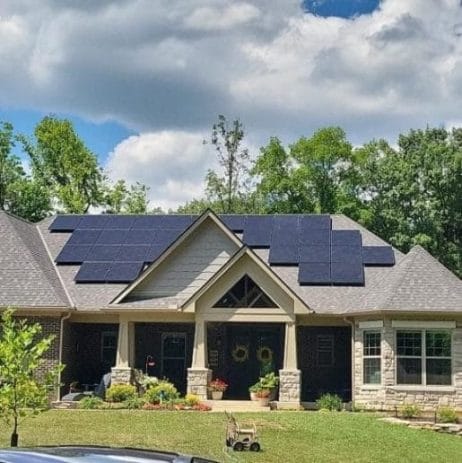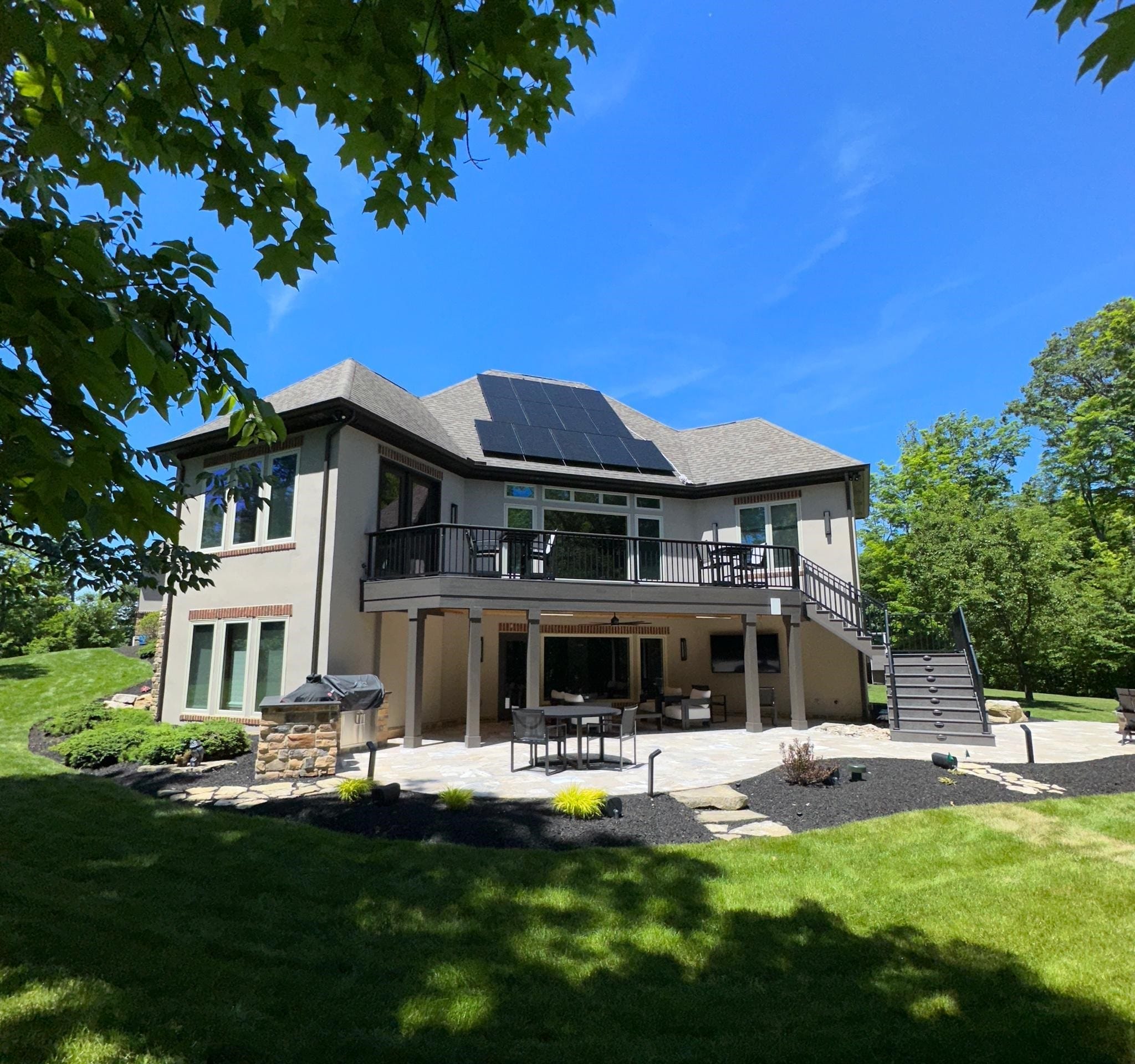Anyone who has lived or is currently living in a homeowner’s association (HOA) community knows of the rules and regulations behind property styles. The HOA rules are in place to keep a neighborhood’s aesthetics standardized in the area. Since 2022, Ohioans have new guidance on how communities governed by HOAs can restrict solar in Ohio. Often, we must work with you and your HOA to learn the standing rules, but ultimately, we often can abide by the rules and get you your beautiful solar panels, too.
Understanding HOA Restrictions on Solar Installations
In 2022 after the passing of Senate Bill 61, Solar Companies and members of HOA governed communities celebrated, understanding that SB61 prevented HOAs from creating anti-solar rules. However, the issue is a little more complicated than this.
Within Ohio, after the passing of SB 61, HOA communities are still able to “establish reasonable restrictions on solar” meaning there is wiggle room.
Across Ohio, solar panels are allowable unless specifically regulated in the bylaws or deeds for a homeowner’s association. Reaching out to the right solar company will help make the process flow smoothly. Here at Kokosing Solar we have an abundance of amazing team members who are ready to answer your questions.
Working with and around HOA and Solar
Does your HOA have solar restrictions already set in place?
Aesthetics is typically the biggest concern of the HOA. Today, we have options for sleek all black panels with efficient technology. The panels we installed today aren’t the blue panels with silver frames that you may have seen in the past. Some HOAs don’t know this.
There are also ways to carefully place the panels in a form that suggests aesthetic – think a perfect square or rectangle or, in many cases, we can add panels to non-street facing sides of the house. These are typical concerns we see from HOA boards when addressing solar panel installation.
Working in teams is also beneficial when navigating HOA approval. Teaming up with immediate neighbors who will be a wave of support will earn brownie points in front of the board. The HOA wants anything but backlash from the neighbors, therefore, having majority of the neighborhood on your back will present a stronger proposal statement.
At the same time, keeping up to date with solar homes in nearby areas is an important leverage we can use. If other homes have solar, what type of panels are they using? Where has the solar been placed? What restrictions did they have? Other nearby homes who already have solar may help your proposal since it shows other HOAs allows solar and could influence your HOA to go forward with your solar.
Proposal Content to Include for your Homeowners Association
Making you sure have the right and most important language in a proposal is key. Include ideas such as increasing home reseal value, ensuring aesthetics of home remain the same if not better, including data to show the environmental benefits of solar, stressing the desire to want to work with the HOA instead of against it, and, of course, include the best photos of high-quality residential solar installations. All these tips will help you find an advantage when working with your HOA.
If Proposal Is Declined/Next Steps
In some cases, HOA can still disapprove an installation. From here, one option would be to obtain a letter from your attorney addressing the situation and speaking on the concerns. Here, you can provide the legal supporting documents for your case. Typically, it should not come down to this.
To date, we are not aware of any legal cases challenging SB61, however we could see this in the years to come as HOAs navigate this new rule.
Kokosing and Your Homeowners Association
Overall, Kokosing Solar is more than willing to help you navigate through this process. We have members ready to guide and provide necessary advice to new homeowners. HOA’s restrictions shouldn’t hold you back from your dreams of achieving those beautiful panels.

